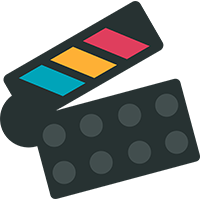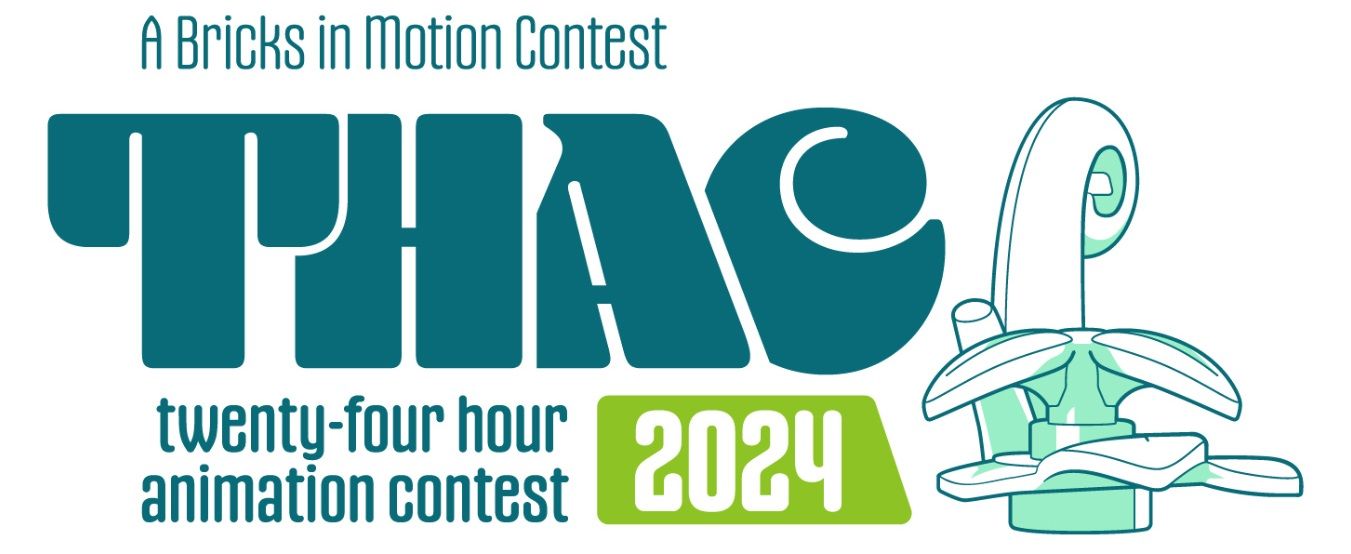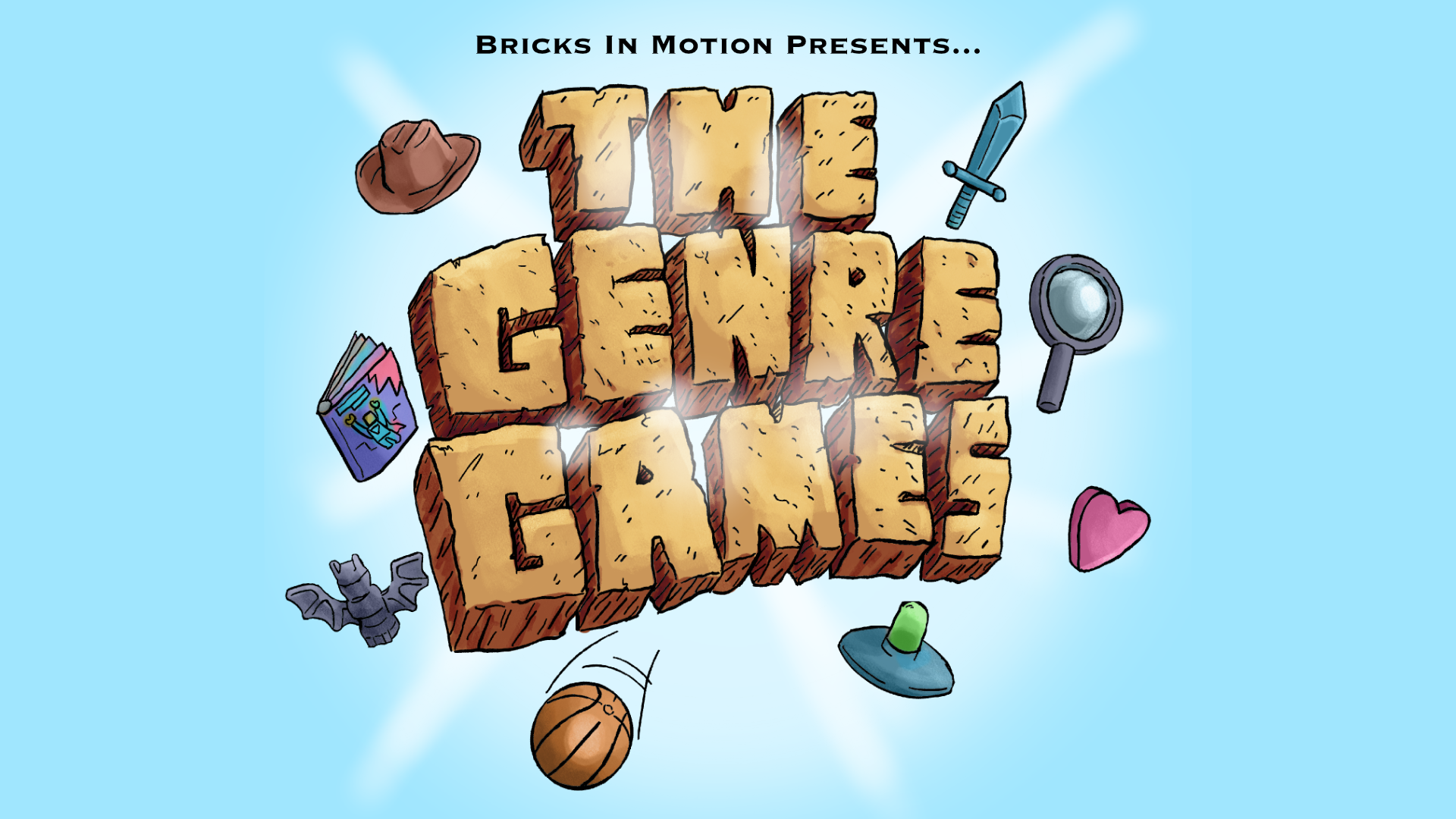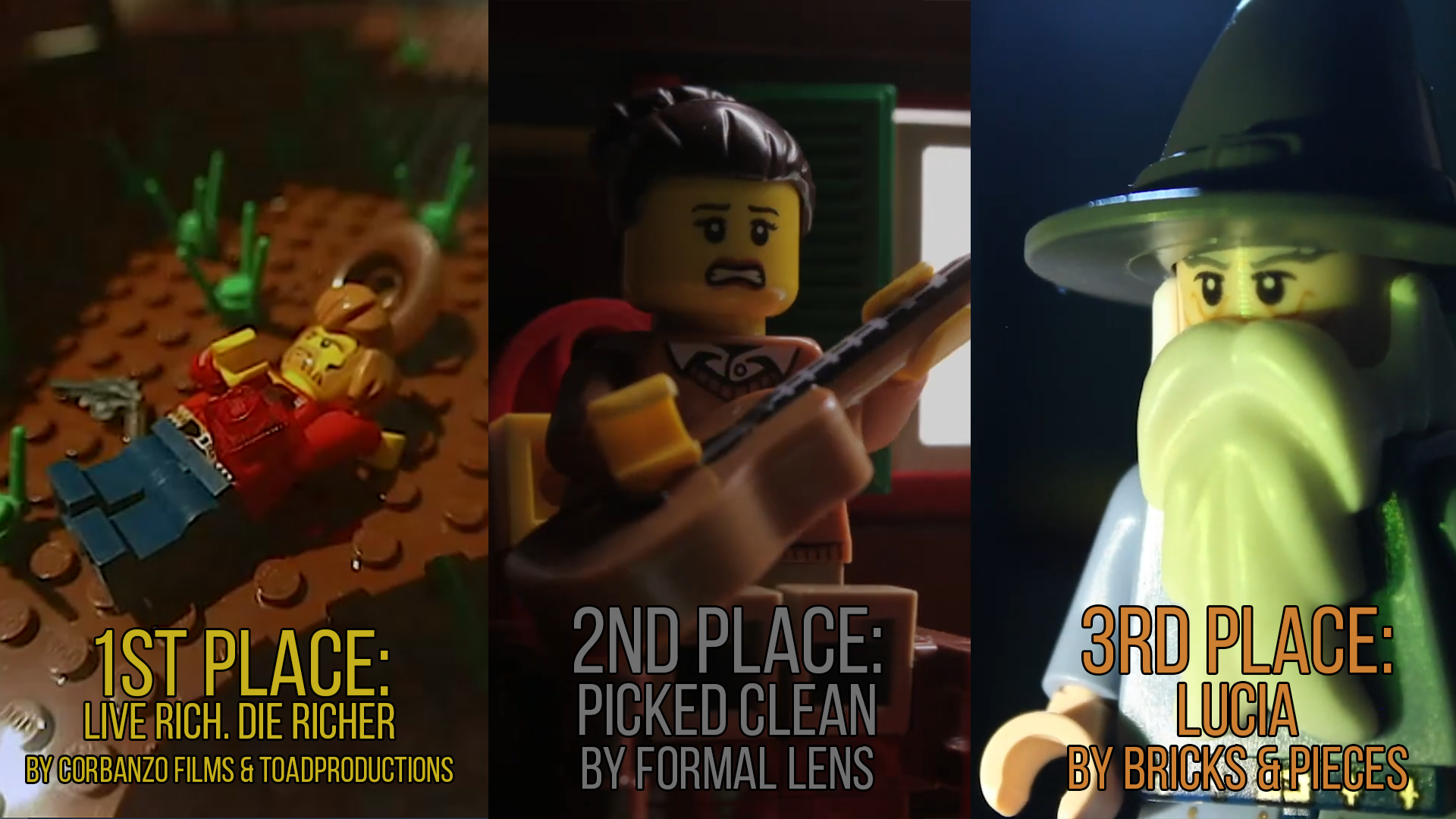Topic: "The roof problem"
Hello guys,
I hope that this topic hasn't been dicussed yet, because I didn't find anything when I used the search tool. That might be, because I don't know how one should call this problem, so I just called it "the roof problem". I'm sure almost everyone here has thought about this or even encountered it during production, so I'm quite interested in your solutions. Let me explain a scenario:
Imagine if you want to shoot a scene and your set is quite a large room. Now your camera is at one side or corner of that room, but is directed to the inside of the room, so the camera frame captures almost the entire room. And now comes the problem: you can see over the walls of your set in the distance because the room is quite large. I hope you get what I mean here. Now I thought of three solutions to this problem, but I don't really like either of them.
1st solution is quite obvious, just build higher walls, the problem with that is that it already is a big room, so it will cost you a lot of bricks and it will look weird when the room just seems to be infinitely high in the shot.
2nd solution is to build a roof and put it on top (like in reality lol). But thats probably gonna mess with your lighting, which in most cases comes from outside of the set and especialy from above (you could use lightsources that are inside the set, but that's another story and lets not forget we're dealing with a big set here.)
3rd solution is to adjust the camera perspective vertically, but then it will rather look like you are capturing the floor, or, when you move the camera up a bit, you will only see the minifigs from above and those are both not ideal. Ideal would be if you could capture the characters faces directly (eyelevel), especially in scenes with dialogue.
So as I said, I'm quite interested in how other brickfilmers handle this. Maybe I am just too dumb to build a proper set or it all comes back to my damn lens, which has a way too wide fov (gotta get that fixed, too).














